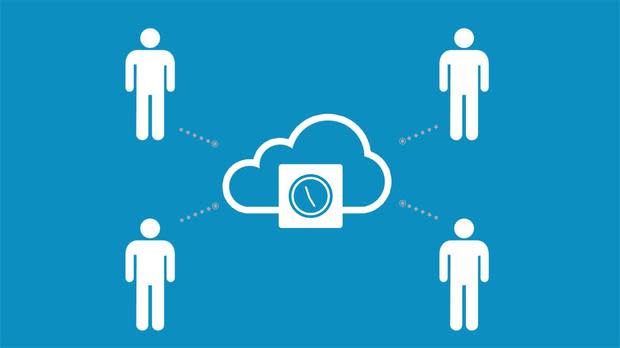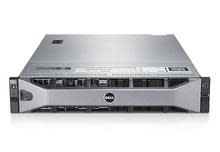Dell's reference designs investment leads to an interesting VDI strategy

Image: Dell
Dell has been quietly putting together an impressive virtual desktop infrastructure (VDI) offering from its various holdings. Dell acquired Quest Software and Wyse, the maker of thin clients for VDI. Since the acquisitions, the Dell Cloud Client-Computing group has absorbed the two organizations. The result has been the Wyse sub-brand within Dell, and some interesting resources for Dell customers looking to deploy VDI. Dell believes its investment in reference designs encourages customers to embrace its entire VDI stack.
Reference architectures
A major challenge for customers is not being able to accurately size their VDI environments. Successful VDI deployment is dependent on expandable architectures based on user count and load; the ability to easily expand the VDI infrastructure helps to ensure a consistent user desktop computing experience. Also, the mix of high-performance applications and basic office suites can lead to some of the complexity in designing an expandable infrastructure. Dell is using a good will approach to attract customers to its VDI solutions.
Dell provides several reference architectures for a wide range of VDI solutions. The reference architectures include various VDI brokers, including Citrix XenDesktop and VMware View, as well as Dell's Wyse vWorkspace. Dell provides an entire hardware stack for a VDI solution. Dell solutions include traditional thin clients, PCs, and mobile devices for client access in addition to storage, network, and server infrastructure. The reference architectures allow for interchanging of components outside of Dell server hardware. Customers with a desire to use a best of breed mix of client, storage, networking, and Dell compute can leverage Dell's reference architectures for VDI environments that serve 500 to 50,000 users.
Hyper-converged
Dell's reference library isn't limited to traditional infrastructures -- one of the predominant use cases for hyper-converged infrastructures is VDI. The hyper-converged architecture allows for simple expansion. When user counts increase, the simple design requires adding more hyper-converged appliances. Hyper-converged vendors market their solutions as being VDI solutions sans complex engineering efforts. Dell is looking to take advantage of this simple design architecture via its XC Appliance.

Appliance Dell XC R720xd
Image: Dell
The Dell XC appliance is a 2U 4-node appliance that's designed to be an OEM solution for third-party hyper-converged vendors. Dell has signed VMware and Nutanix as partners for its XC platform. Dell branded its VDI-specific solution the Dell Wyse Datacenter XC appliance. The solutions range from a Nutanix-based solution for XenDesktop, VMware Horizon View, vWorkspace running on ESXi, or Hyper-V to a VMware EVO:RAIL solution running Horizon 6.
Dell isn't the only server provider that offers an end-to-end hyper-converged VDI infrastructure. For example, Cisco has teamed with Simplivity to offer an hyper-converged solution, and VMware has a growing list of OEMs it partners with to offer EVO:RAIL.
vWorkspace 8.5 VDI Broker
Dell announced the release of vWorkspace 8.5. vWorkspace is a VDI software package that runs atop of Microsoft Hyper-V. Dell inherited vWorkspace after the purchase of Quest. The future of the platform was in question as the vWorkspace development team moved from group to group within Dell. The Cloud Client-Computing group seems to be the final landing place for vWorkspace.
vWorkspace 8.5 is the first major release under the Dell Wyse brand. The major feature announcement for vWorkspace 8.5 is an HTML 5 client, which allows any device running an HTML 5 compliment browser to access vWorkspace VDI sessions without additional software outside the browser.
vWorkspace's list price before discounts is $97 per user. The pricing is extremely aggressive compared to other VDI brokers. Similar solutions' list prices begin at approximately $195 per user.
Conclusion
Even if you aren't a Dell customer, the reference architecture resources are valuable for researching and designing VDI environments based on similar hardware platforms. In theory, the distribution of reference architectures helps reduce design-related costs.
Do you find these types of reference architectures useful, and has it influenced you into embracing the rest of a vendor's stack?
Disclosure: Dell hosted me for its Dell Cloud Client-Computing Reviewers' Day. Dell paid for my transportation to California and meals. Writing this post was not a requirement for attending the event, nor did Dell compensate me for writing this post.


